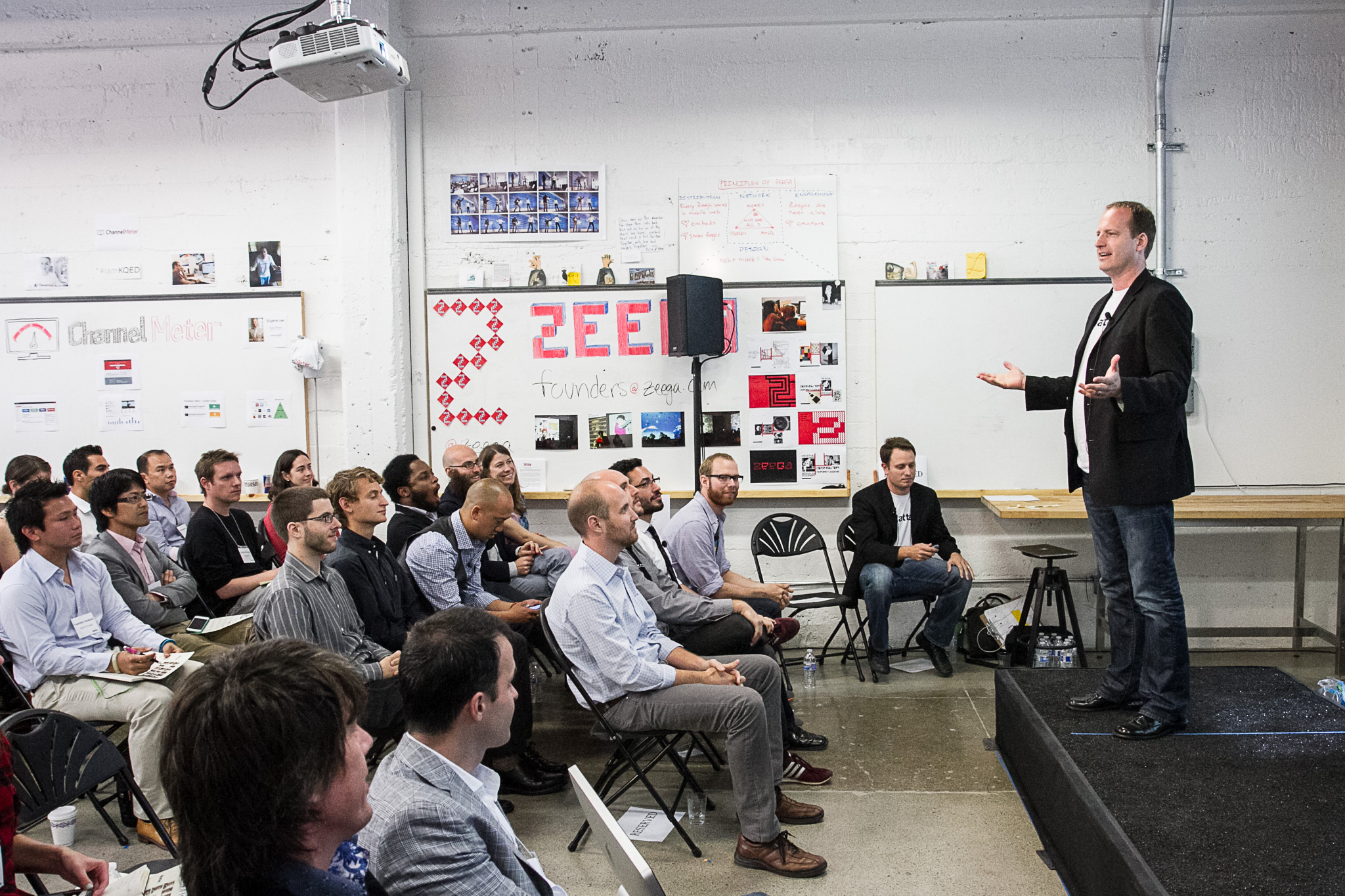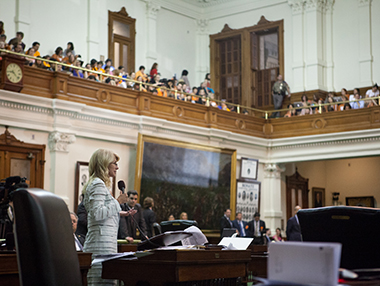Why Biden’s presidency is the time for a funding boost for pubmedia

Andrey_Popov / Shutterstock
In the media tour for his new book, A Promised Land, former president Barack Obama has hit on the theme of how much the information environment in the U.S. has changed in recent years, leading — in his view — to increased political polarization.
In an interview with The Atlantic Editor-in-Chief Jeffrey Goldberg, Obama put it like this: “Even as late as 2008, typically when I went into a small town, there’s a small-town newspaper, and the owner or editor is a conservative guy with a crew cut, maybe, and a bow tie, and he’s been a Republican for years. He doesn’t have a lot of patience for tax-and-spend liberals, but he’ll take a meeting with me, and he’ll write an editorial that says, ‘He’s a liberal Chicago lawyer, but he seems like a decent enough guy, had some good ideas.’”
He went on to say that “you go into those communities today and the newspapers are gone,” while lamenting that when local news outlets disappear, the information vacuum is too often filled by the likes of Fox News and the right-wing Sinclair Broadcast Group.
To Obama’s point, the Pew Research Center found that from 2008 to 2019 the number of newsroom jobs at U.S. newspapers dropped by about half. Overall newsroom employment fell by nearly 25% during the same period. At the same time, political affiliation now largely determines where and how Americans get their news. This is the media landscape that Obama’s former vice president Joe Biden will operate in when he becomes president in January.
But nothing about this situation should be considered irreversible or inevitable. A Biden administration will have opportunities to implement policies aimed at staunching the bleeding in local news, as well as mitigating much of the hyperpartisanship, misinformation and political propaganda that pollute our current information channels. A good starting point would be to increase support for public media.
Historically, the U.S. has lagged behind other democracies in funding for public media. CPB spends less than $1.50 per U.S. resident each year to support about 1,500 public radio and television stations nationwide. If you include funding from state and local governments, the U.S. spends approximately $3.32 per capita on public media every year. By contrast, some other countries spend more than $100 per person annually.
There are well-documented reasons why public media financing in the U.S. is so meager. Almost a century ago, when radio broadcasting was in its infancy, the U.S. chose a path that led to the dominant commercial media system that we have today. Meanwhile, other countries set up strong public broadcasters that they continued to support even as commercial alternatives emerged. The U.S. didn’t get an official public media funding mechanism until about 50 years ago with the passage of the Public Broadcasting Act of 1967. Even then, this country’s public media have been forced to rely largely on generating revenue through corporate sponsorships and philanthropic giving from a wealthy class of donors — tactics that replicate market-based strategies like advertising and subscriptions.
With a larger subsidy, public media could play a bigger role in addressing the structural problems with the U.S. media system. Think of it as a guardrail against the free market’s failure to support local news. Many public media outlets are already fulfilling this role, covering communities with few other information options and acting as an oasis from the expansion of so-called news deserts. But there are still thousands of underserved communities.
Public media can also serve as a bulwark against the misinformation, disinformation and polarization running rampant in our public discourse by doing what it already does best: providing news and information that encourage democratic participation and promoting civil conversations. There’s a reason that public media earn high marks for trust compared to other news sources and institutions. Research finds a strong correlation between healthy public media systems and healthy democracies. But a healthy system requires adequate funding.
Of course, lack of funding is far from the only problem facing public media in the U.S. As the group Public Media for All highlighted in its recent Day of Action and Education, the system has long had issues with diversity, equity and inclusion. Again, these problems mirror deficiencies in the overall media system. Regardless of whether government support for public media increases, it’s imperative that those in the system ensure their workplaces are governed democratically, that they reflect the true diversity of our country and that they make real efforts to engage with the communities they serve.
I know from having worked in public radio that the system doesn’t do a great job advocating for its fair share of federal dollars. Sure, every once in a while when there’s a threat to public funding, the heads of CPB, NPR, PBS, America’s Public Television Stations and other organizations will marshal the forces to make sure the appropriation remains secure. But most of the time public media leaders prefer to take a low-profile approach.
The subsidy did increase slightly during Obama’s presidency, but has remained flat for a decade. Despite a recent $20 million bump that will take effect in 2022, public media still receives a small slice of the overall pie compared to other institutions that get federal dollars. Facing another economic crisis — not to mention a pandemic and the ongoing journalism crisis — the time has come for public media’s leaders to put forward a proposal for a sizable increase.
Naysayers will claim that opposition to an increase will be too strong and that it’s better to just be thankful for the existing support. But again, this ignores the gravity of the situation facing this country’s news and information systems. It also ignores the bipartisan support for doing something about the decimation of local news, as well as historically strong bipartisan support for public media.
That’s not to say it will be easy. Just in terms of communication policy, the incoming Biden administration should have several competing priorities. That includes stronger antitrust enforcement and regulation of digital platforms like Facebook and Google that grew into anticompetitive and antidemocratic forces during the Obama years, as well as appointing FCC members who will expand access to broadband and reverse Trump-era decisions such as overturning net neutrality.
But increasing support for public media should be considered low-hanging fruit that could help restore our broken information system.
Casey Kelly was a public radio reporter in Alaska for almost 10 years. He now lives in Maine, where he earned a master’s degree in communication from the University of Maine in 2019. His thesis was titled Sound Commodity: Contemporary Public Radio and Podcasting.









I would respectfully suggest that Biden (and Congressional Democrats) should look at reviving the Public Telecommunications Funding Program (PTFP) thru the US Department of Commerce. There are a great deal of public radio/TV stations with aging infrastructure that they’ve been unable to replace since Congressional Republicans (with Obama’s approval, I might add) killed off the program in 2011. This infrastructure is going to start being critically problematic very soon as transmitters, mix consoles, and even entire studios need to be replaced after running admirably well for 10 or even 20+ years.
https://www.ntia.doc.gov/category/public-telecommunications-facilities-program